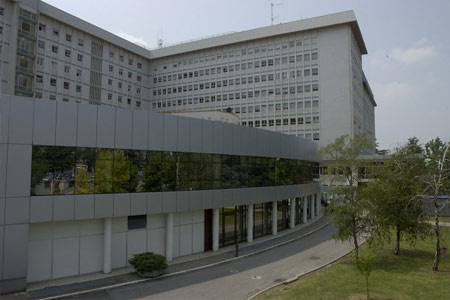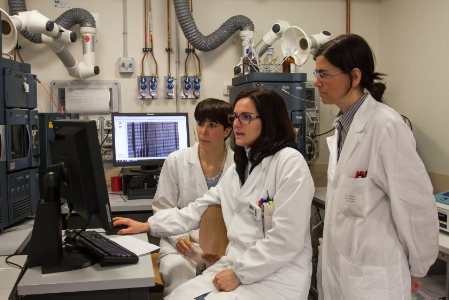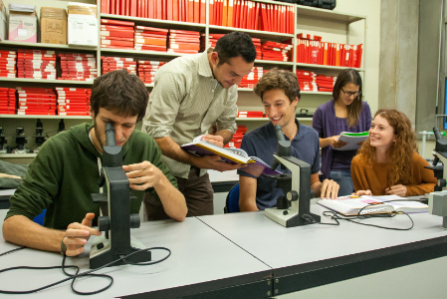- Autori:
-
Cocco, Pierluigi; Piro, Sara; Meloni, Federico; Montagna, Andrea; Pani, Michele; Pilia, Ilaria; Padoan, Marina; Miligi, Lucia; Magnani, Corrado; Gambelunghe, Angela; Muzi, Giacomo; Ferri, Giovanni Maria; Vimercati, Luigi; Zanotti, Roberta; Scarpa, Aldo; Zucca, Mariagrazia; Latte, Gian Carlo; Angelucci, Emanuele; De Matteis, Sara; Puligheddu, Monica
- Titolo:
-
Night shift work and lymphoma: results from an Italian multicentre case-control study
- Anno:
-
2022
- Tipologia prodotto:
-
Articolo in Rivista
- Tipologia ANVUR:
- Articolo su rivista
- Lingua:
-
Inglese
- Referee:
-
No
- Nome rivista:
- OCCUPATIONAL AND ENVIRONMENTAL MEDICINE
- ISSN Rivista:
- 1351-0711
- N° Volume:
-
79
- Numero o Fascicolo:
-
7
- Editore:
- BMJ / British Medical Journal Publishing Group:PO Box 299, London WC1H 9TD United Kingdom:011 44 20 73836270, EMAIL: subscriptions@bmjgroup.com, INTERNET: http://www.bmjpg.com/bmj, Fax: 011 44 20 73836402
- Intervallo pagine:
-
452-459
- Parole chiave:
-
hematology; occupational health; retrospective studies; shift work schedule; sleep
- Breve descrizione dei contenuti:
- Background: Night shift work can disrupt circadian rhythm and cause chronic sleep deprivation, which might increase the risk of lymphoma through immunosuppression and oxidative stress. Material and methods: We investigated the association between night shift work and risk of lymphoma subtypes in 867 incident cases and 774 controls, who participated in a multicentre Italian study between 2011 and 2017. Based on questionnaire information, occupational experts assessed the lifetime probability of night shift work, the total number of night shifts and years of night shift work among study participants. OR and 95% CI for lymphoma and its major subtypes associated with night shift work was calculated with logistic regression, adjusting by age, gender, education, study area, marital status and family history of haemolymphatic cancer. Results: Ever working night shifts was associated with an increase in the risk of chronic lymphocytic leukaemia (CLL) (OR 1.9, 95% CI 1.14 to 3.32), which was highest after a 15-34 years latency. However, there was not a linear increase in risk by probability of exposure, years of night shift work, nor lifetime number of night shifts whether under rotating or permanent work schedules. Risk of lymphoma overall, B cell lymphoma (BCL), its major subtypes other than CLL, and other less prevalent BCL subtypes combined did not show an association. Conclusions: We found conflicting evidence of an association between night shift work and the risk of CLL. We did not observe an association with other lymphoma subtypes.
- Id prodotto:
-
124325
- Handle IRIS:
-
11562/1055885
- ultima modifica:
-
12 novembre 2022
- Citazione bibliografica:
-
Cocco, Pierluigi; Piro, Sara; Meloni, Federico; Montagna, Andrea; Pani, Michele; Pilia, Ilaria; Padoan, Marina; Miligi, Lucia; Magnani, Corrado; Gambelunghe, Angela; Muzi, Giacomo; Ferri, Giovanni Maria; Vimercati, Luigi; Zanotti, Roberta; Scarpa, Aldo; Zucca, Mariagrazia; Latte, Gian Carlo; Angelucci, Emanuele; De Matteis, Sara; Puligheddu, Monica,
Night shift work and lymphoma: results from an Italian multicentre case-control study
«OCCUPATIONAL AND ENVIRONMENTAL MEDICINE»
, vol.
79
, n.
7
,
2022
,
pp. 452-459
Consulta la scheda completa presente nel
repository istituzionale della Ricerca di Ateneo 








